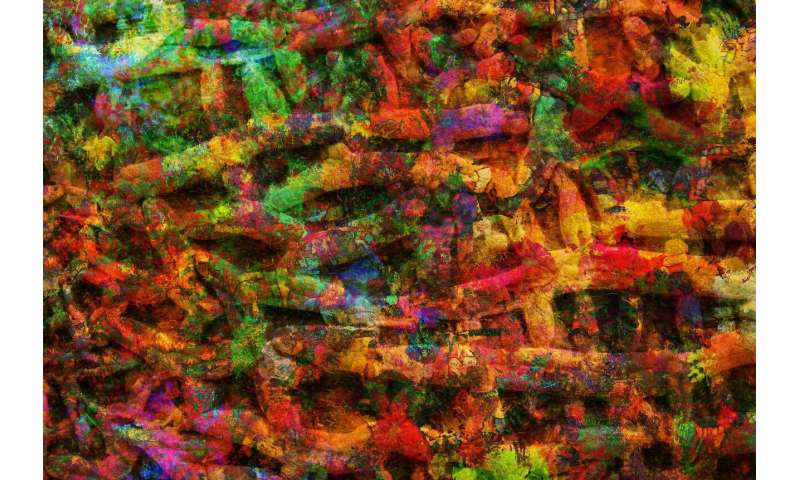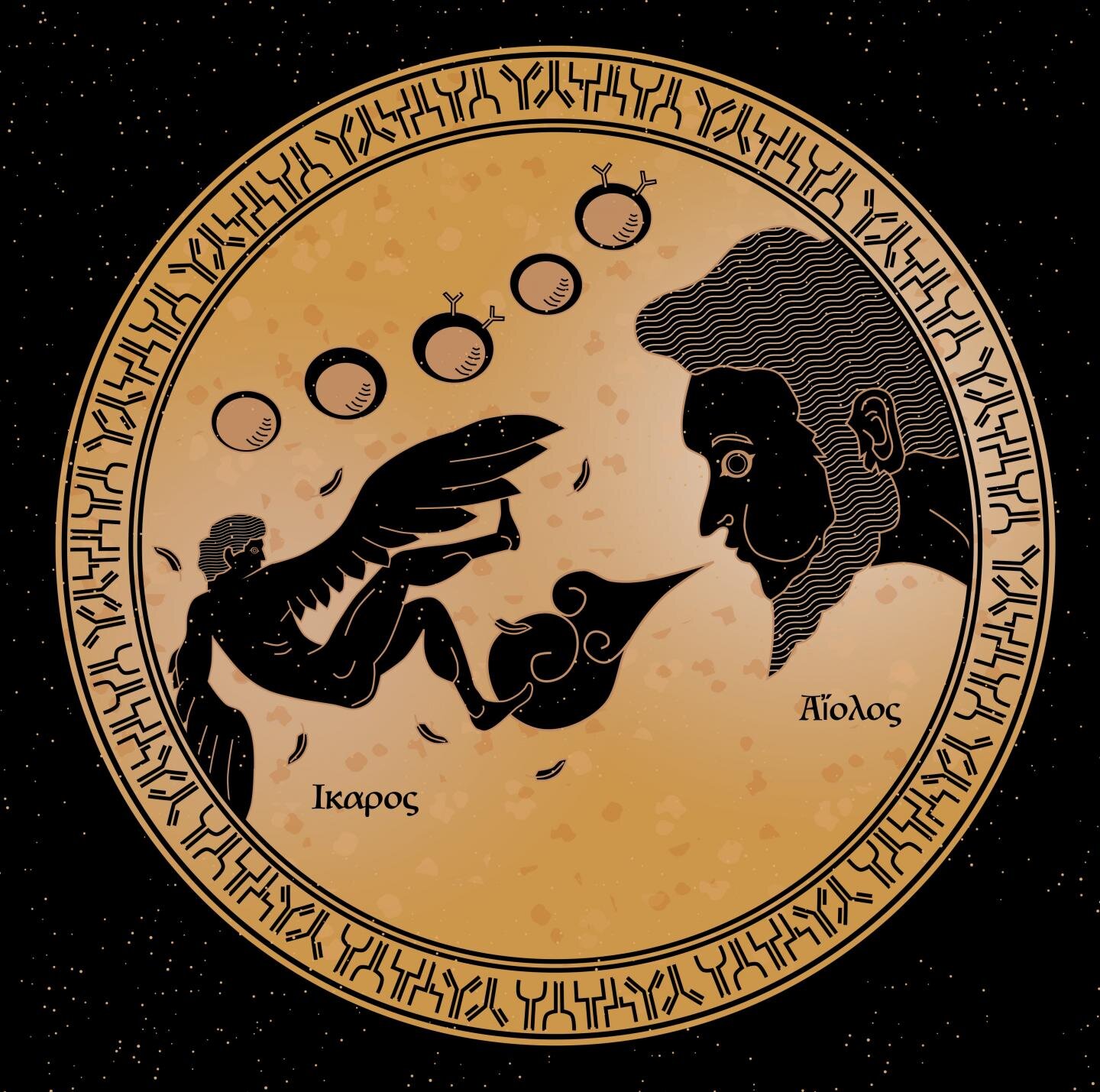#Multi-species bacterial communities bounce back from environmental disturbances
“#Multi-species bacterial communities bounce back from environmental disturbances”

Scientists from Finland and Germany used bacteria as an example to study how communities consisting of several species respond to disturbances in their laboratory environment. Similar kinds of perturbations can occur in the human gut when antibiotic medication is applied, resulting, for example, in diarrhea. Also global warming and extreme weather conditions such as persistent drought periods can disturb many kinds of organismal communities.
The researchers examined how a 34-species artificial bacterial community could cope with an antibiotic pulse. They used three multiplicative antibiotic levels together with an antibiotic-free control treatment.
The results show that the bacterial community changed upon antibiotic exposure, and the magnitude of the change was the bigger the higher the antibiotic level.
“However, the community recovered reasonably close to the initial state in all but the highest antibiotic level used. Even then species immigration—reintroducing a small inoculum of the original community in conjunction with each serial transfer step—enabled community recovery,” says Dr. Johannes Cairns from the Bioinformatics and Evolution group, Faculty of Biological and Environmental Sciences at the University of Helsinki.
As a novelty, the researchers used a custom-built controlled laboratory setting with high replication. Most previous studies on the theme have been observational studies limited to the detection of associations and potentially subject to confounding environmental factors.
Another key finding of the study was that replicate communities within the same experimental treatments responded to the treatments in a relatively repeatable fashion. This could be partly explained by relevant traits, growth rate and antibiotic susceptibility, measured separately for each species in the community.
“This indicates that in certain cases the community response to perturbations may be predictable in the future, even though we could not explain the repeatability well enough to develop predictive models in this study.”
The study is published in Nature Ecology and Evolution.
The cross-disciplinary team included scientists from the University of Helsinki, University of Turku and University of Konstanz.
More information:
Repeatable ecological dynamics govern the response of experimental communities to antibiotic pulse perturbation, Nature Ecology and Evolution (2020). DOI: 10.1038/s41559-020-1272-9, www.nature.com/articles/s41559-020-1272-9
Multi-species bacterial communities bounce back from environmental disturbances (2020, August 10)
retrieved 10 August 2020
from https://phys.org/news/2020-08-multi-species-bacterial-environmental-disturbances.html
This document is subject to copyright. Apart from any fair dealing for the purpose of private study or research, no
part may be reproduced without the written permission. The content is provided for information purposes only.
If you want to read more Like this articles, you can visit our Science category.
if you want to watch Movies or Tv Shows go to Dizi.BuradaBiliyorum.Com for forums sites go to Forum.BuradaBiliyorum.Com



